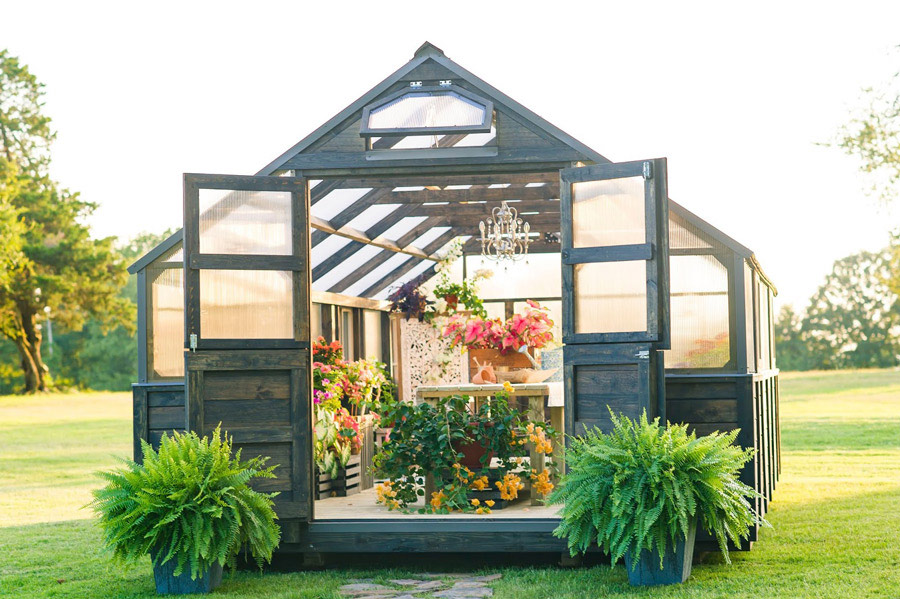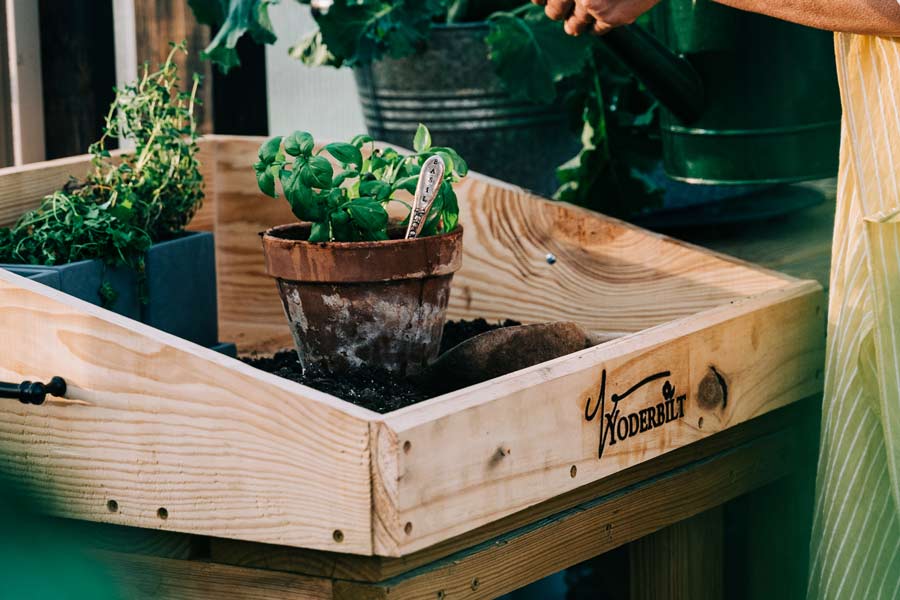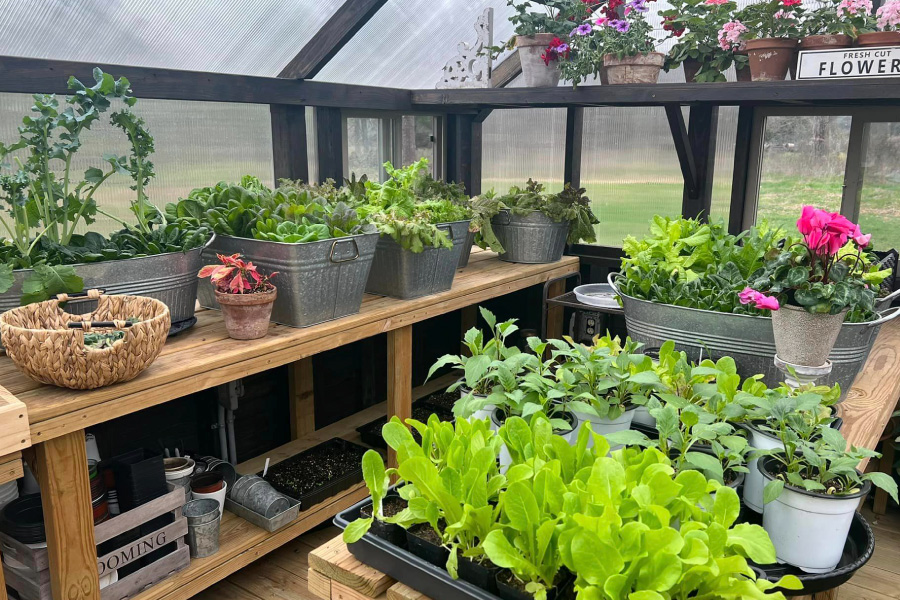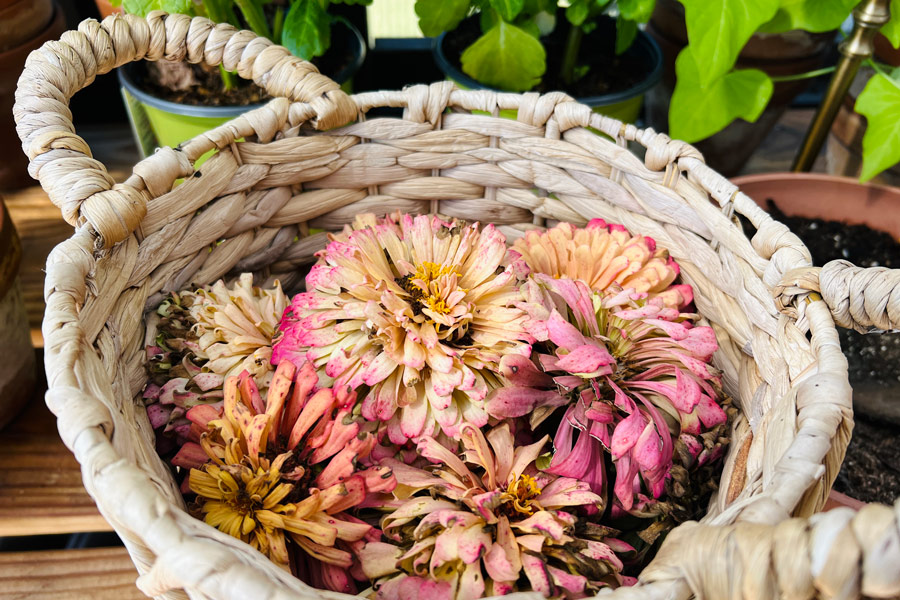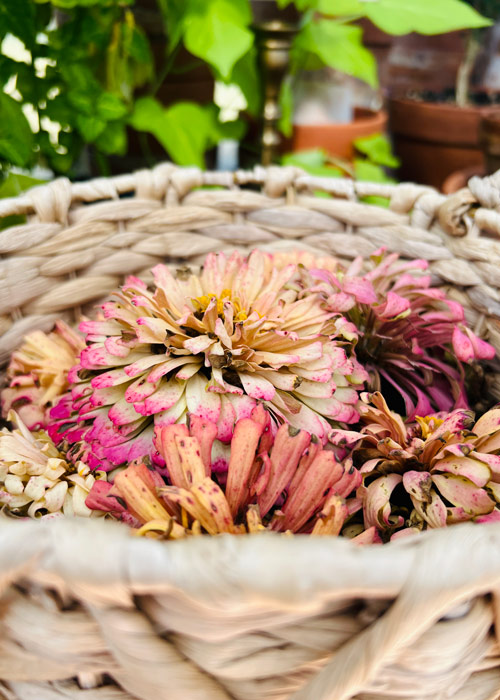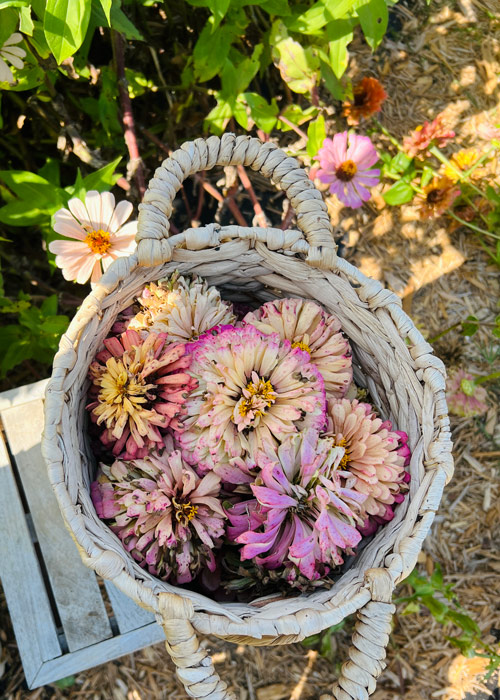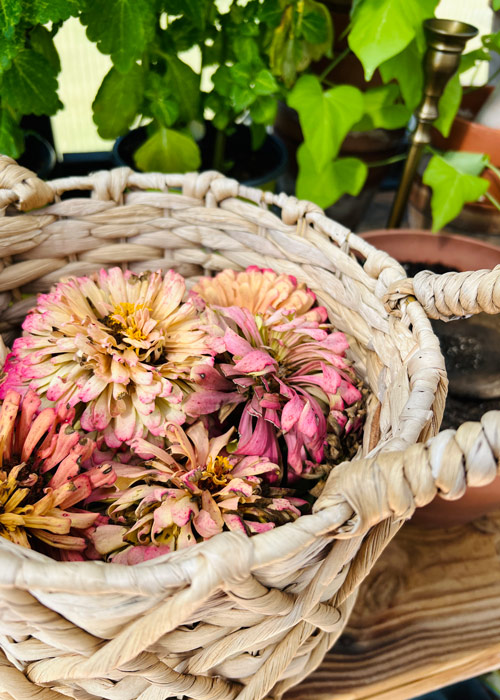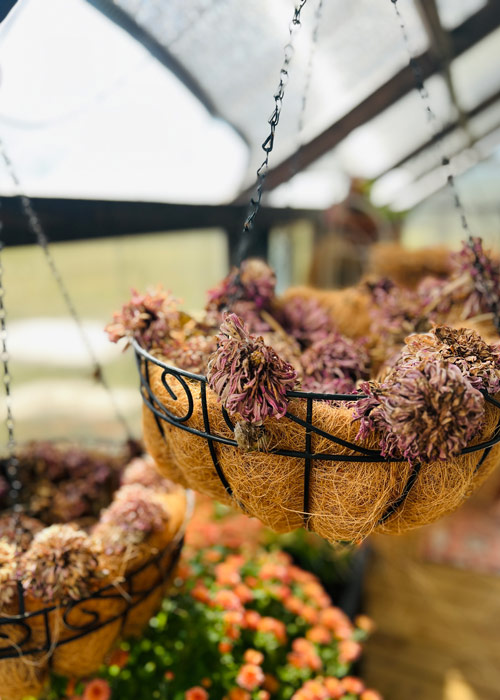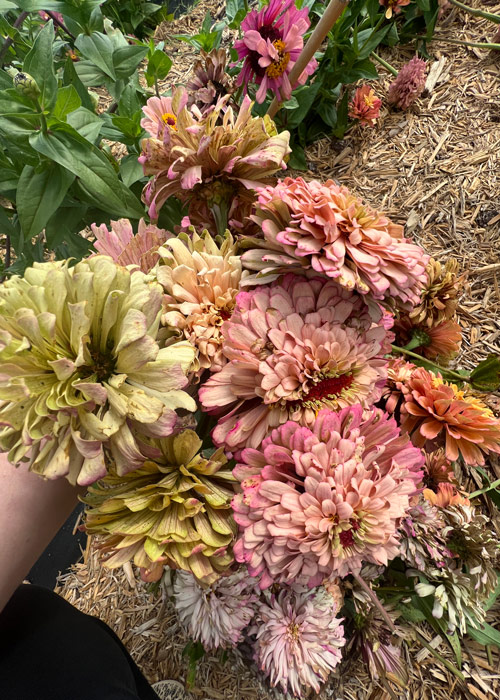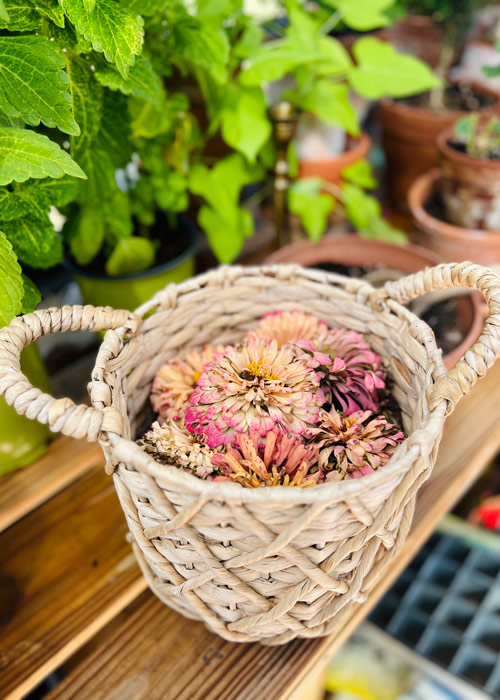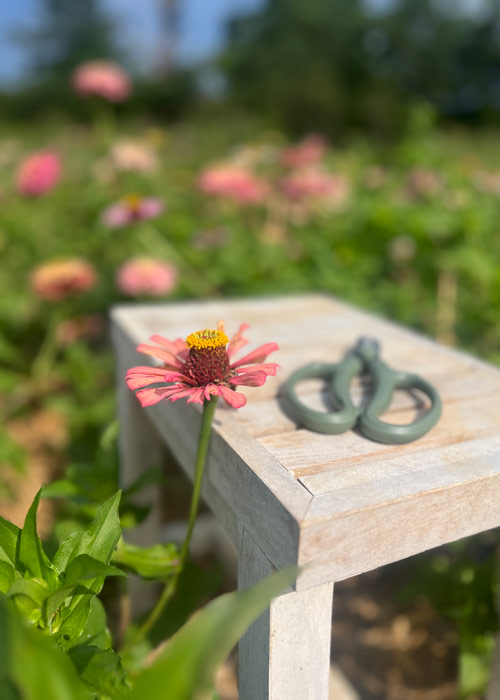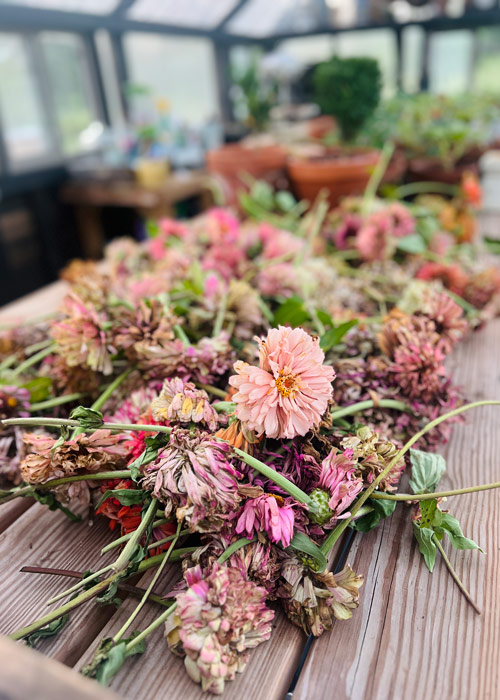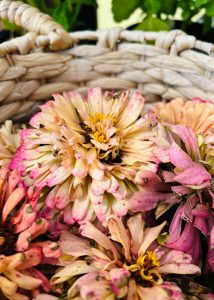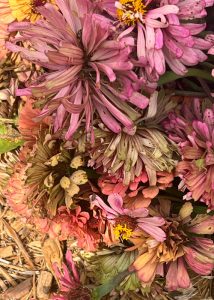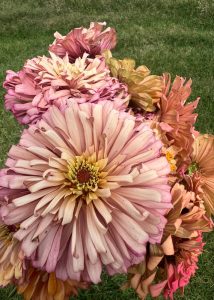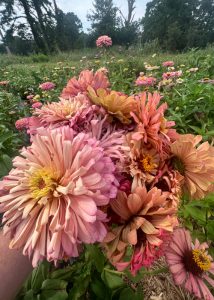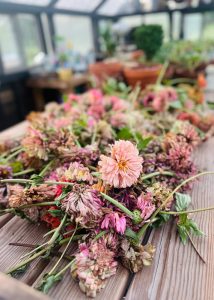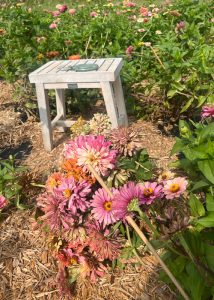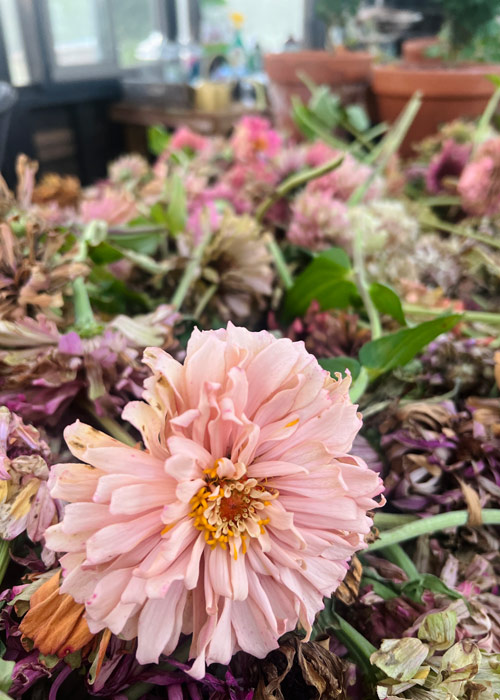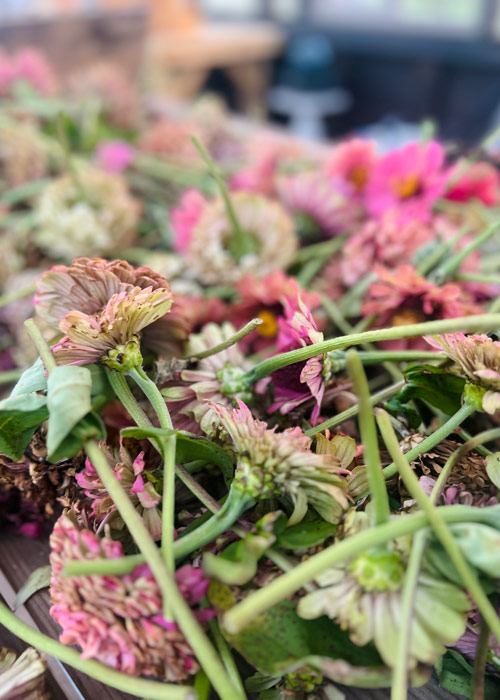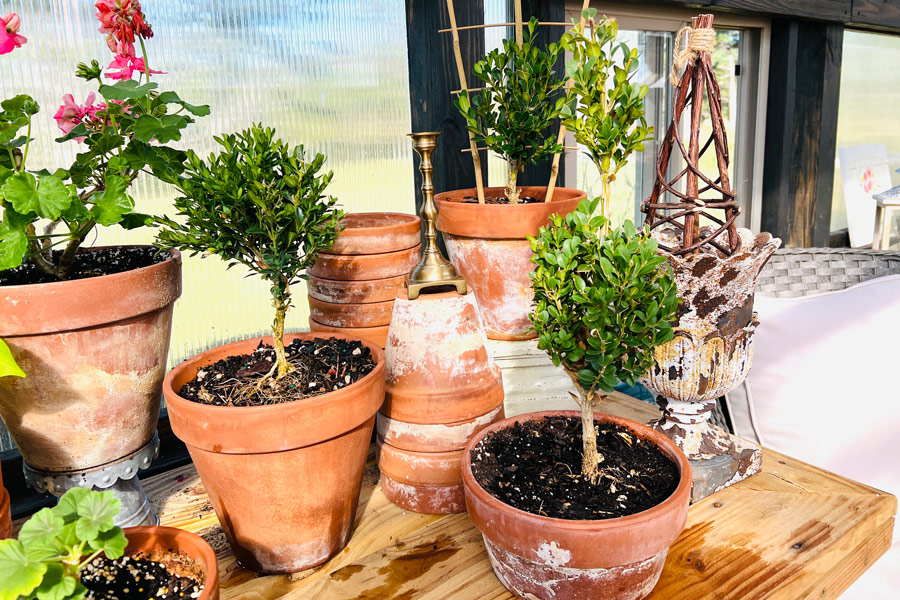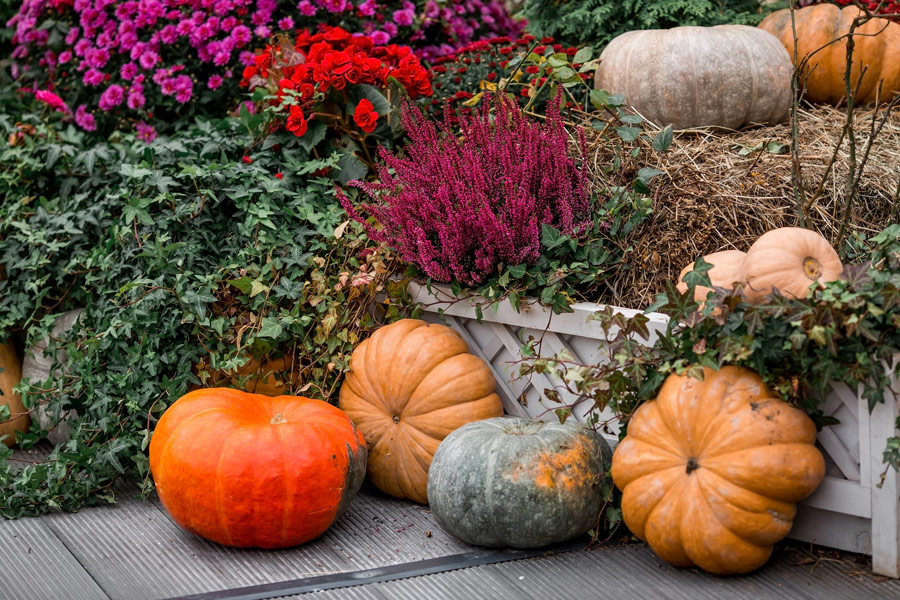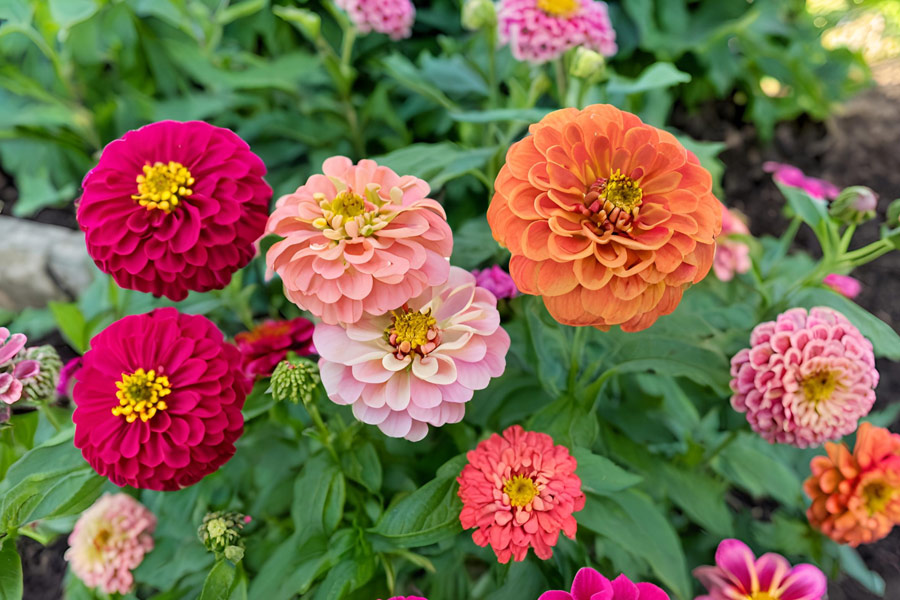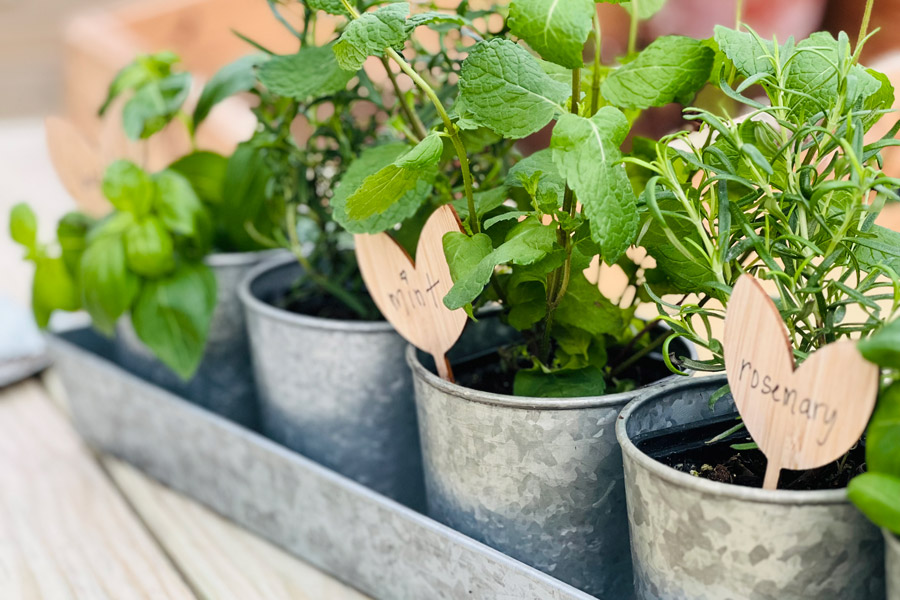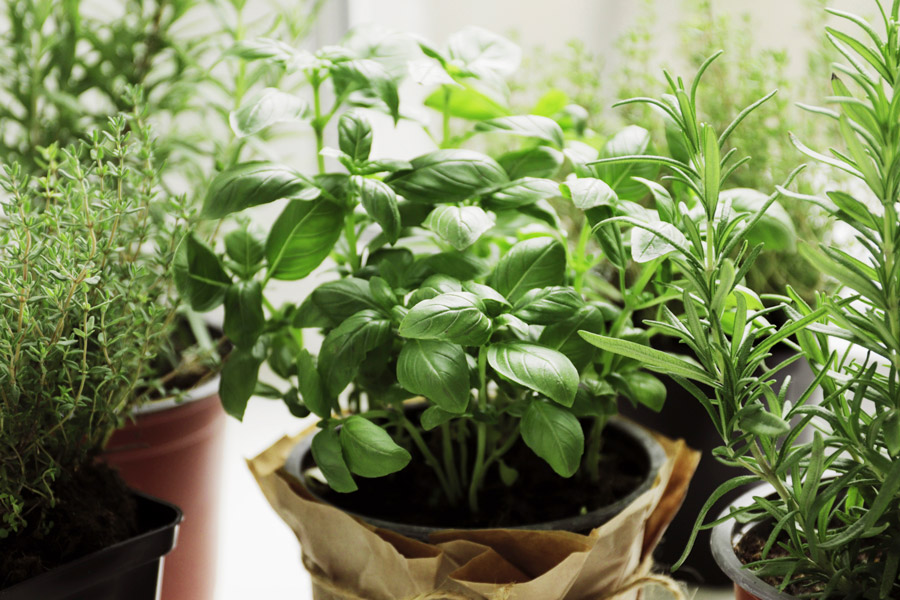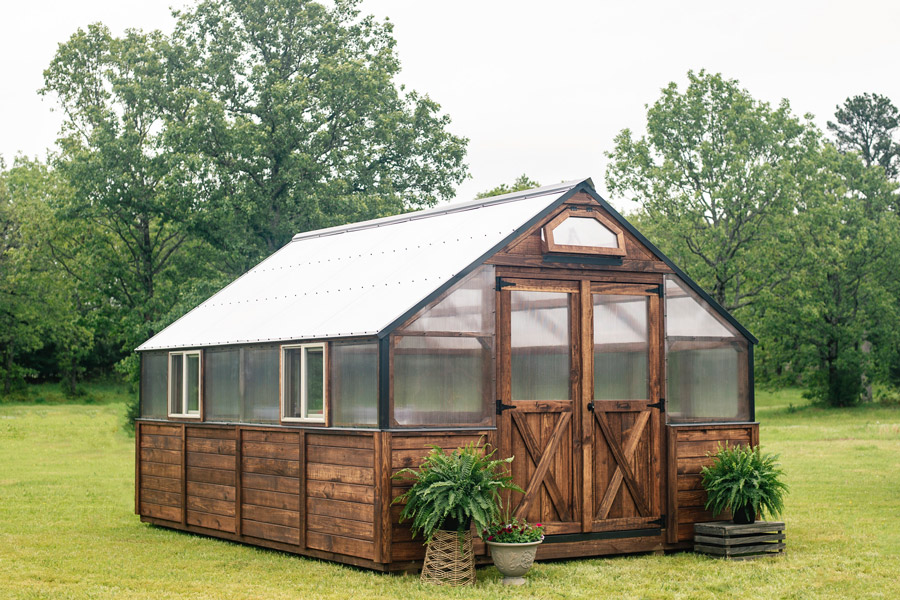How to Harvest Zinnia Blooms Early for Seed Saving Success
Zinnias are a gardener's favorite for their vibrant colors, easy care, and their ability to reseed for future seasons. If you love your zinnias and want to ensure you get viable seeds for next year, it’s important to harvest those blooms at just the right time. Waiting too long can expose seeds to unwanted challenges—like birds, moisture, and cold temperatures—that can affect the quality of the seeds. In this post, we’ll dive into why you should consider harvesting zinnia blooms early and how to do it properly for the best results.
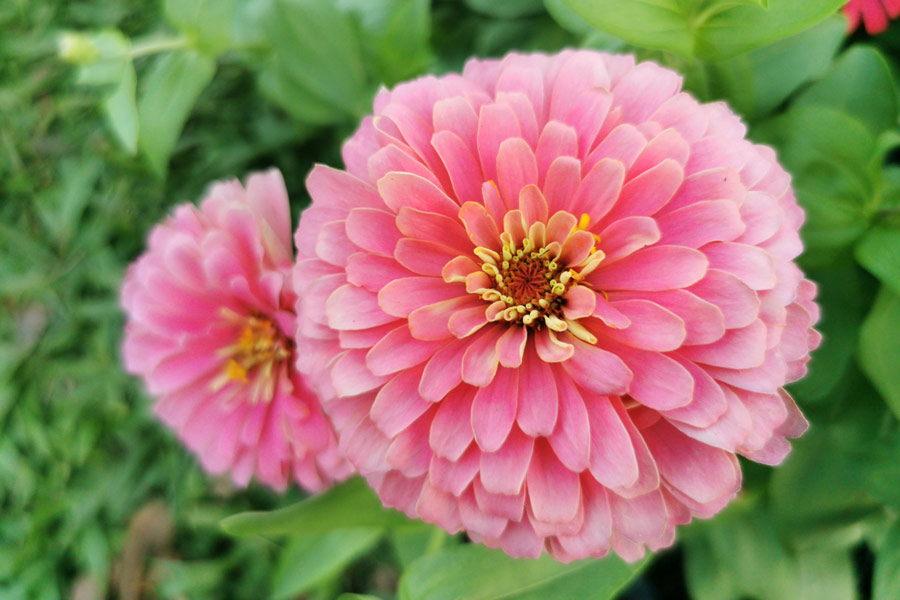
Why Harvest Zinnia Blooms Early?
If you've ever tried collecting seeds from flowers that have fully dried on the plant, you may have noticed that sometimes the seeds are missing or damaged. This can happen for several reasons:
Birds and Wildlife
Zinnia seeds are a favorite snack for many birds. When the flower heads dry out on the plant, birds can easily access and snatch them before you have a chance to collect them. By harvesting blooms early, you’ll beat the birds to them!
Dew and Moisture
As fall approaches, mornings often become cooler and wetter with dew or light frost. Zinnia blooms and seeds exposed to this moisture for long periods are more prone to rot, mold, or mildew, which can compromise the seeds' quality.
Lower Temperatures
Cooler weather can delay seed drying or cause seeds to die before they’re fully mature. While zinnias are warm-weather plants, once fall sets in and temperatures drop, the seeds may no longer be viable if left on the plant for too long.
By collecting blooms a little early and drying them indoors (I use my greenhouse), you’ll protect your seeds from weather damage and pests, increasing your chances of success when planting next year.
When is the Best Time to Harvest Zinnia Blooms for Seeds
Timing your harvest is key to ensuring you collect viable seeds. Here are some signs to look for when harvesting zinnia blooms early:
Color fading: Once the bloom’s color starts to fade, it’s a sign that the flower has done its job and is transitioning into seed production.
Petal browning: As the petals begin to brown and dry, check the flower head. The seeds are often forming at this stage.
Early drying: If you notice the center of the flower head starting to dry out, this is the perfect time to cut it. The seeds will continue to mature indoors once removed from the plant.
How to Harvest Zinnia Blooms Early
Here’s a step-by-step guide on how to collect your zinnia blooms early and ensure your seeds are viable:
Step 1: Select Blooms
Choose flower heads that have just started to dry. They should still have some color, but the petals will be fading, and the center of the flower will feel drier and firmer than a fresh bloom.
Step 2: Cut the Stem
Use a clean pair of garden shears or scissors to cut the stem a few inches below the flower head. It’s important to cut it in late morning or early afternoon, when the plant is dry and there’s no dew.
Step 3: Dry Indoors
Once you’ve collected your zinnia blooms, bring them indoors to finish drying. If you have a greenhouse, it is the perfect space to continue to drying process. Lay them out on a mesh screen, paper towel, or newspaper in a warm, dry place with good air circulation. I personally use hanging baskets, kraft paper covered gardening tables, plant trays etc.
Due to the volume of seeds I have, they would completely take over my home - so I am I love having the greenhouse for this process. Also, avoid stacking them, as this could cause moisture buildup and mold. Ensure you have good ventilation by way of fans, and open windows. I also make sure I keep them away from watering areas as well as open windows that rain could blow in on.
Step 4: Check for Seeds
After 1-2 weeks of indoor drying, the flower heads should be fully dry. Gently rub the center of the bloom between your fingers, and the seeds should fall out easily. Zinnia seeds are small, narrow, and have a pointy tip. They’re attached to a thin, papery chaff that is often mistaken for the seed itself.
Storing Zinnia Seeds
Once your zinnia seeds are harvested and fully dry, store them in a cool, dry place until you’re ready to plant them next season. You can use small envelopes, paper bags, or glass jars with lids. Be sure to label each container with the variety and date collected to keep your seed collection organized.
Pro Tip: How to Tell if Seeds are Viable
If you’re unsure whether your harvested seeds are viable, here’s an easy way to check:
- Place a few seeds on a damp paper towel.
- Fold the towel over the seeds and place it inside a plastic bag.
- Leave the bag in a warm spot, like on top of your fridge.
- Check in 7-10 days to see if any seeds have sprouted.
If most of the seeds sprout, you’ve got viable seeds that will grow into healthy plants next year!
Harvesting zinnia blooms early to collect seeds is a simple and effective way to ensure you have healthy, viable seeds for next season. By avoiding threats from birds, moisture, and cooler temperatures, you’re more likely to grow vibrant zinnias again and again. Plus, early harvesting keeps your garden looking tidy and prolongs the bloom season. So, grab those shears and start collecting before the wildlife does!

